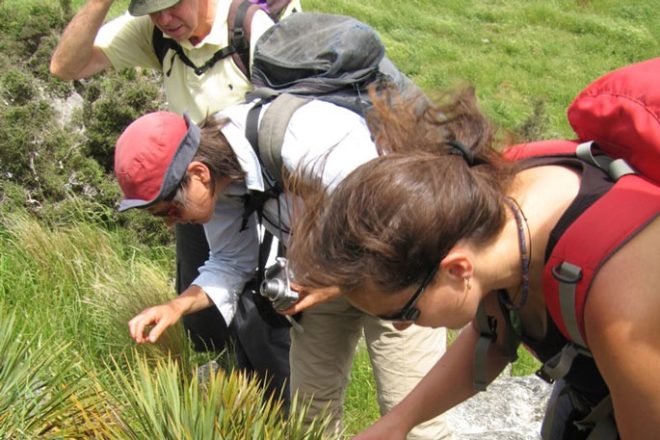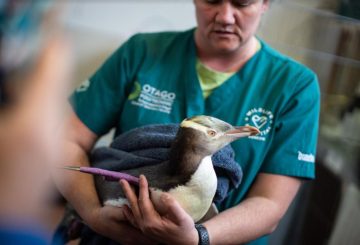캔터베리 대학교의 연구원들과 그 파트너들은 뉴질랜드인들이 침입성 해충에 맞서 싸울 수 있도록 Find-A-Pest라는 앱을 개발했습니다.이 앱을 통해 침입하는 식물, 동물, 곤충을 식별하고 신고할 수 있어 뉴질랜드 환경을 보호하는 데 도움이 됩니다.
이 앱은 해충 정보 데이터베이스를 생성해 1차 산업부, 자연보호부, 지역 위원회, 1차 산업 단체 등 여러 기관에서 사용한다는 점에서 뉴질랜드에서 유일하다.
이 앱에 대해 조언하는 스티브 포슨 (Steve Pawson) 부교수는 이 앱을 교육 도구로도 사용할 수 있다고 말합니다.이 앱은 인공 지능 (AI) 을 사용하여 해충을 식별하고 서식지, 숙주 및 분포에 대한 정보를 제공합니다.그런 다음 전문가 팀이 이러한 식별 정보를 확인하고 사용자에게 피드백을 제공합니다.
Find-A-Pest는 환경 보호에 관심이 있는 모든 사람에게 유용한 리소스입니다.이 앱을 사용하면 개인이 해충을 조기에 발견하여 해충 관리 노력을 지원하고 환경 피해를 최소화할 수 있습니다.
1차 산업부 (MPI) 는 2018년 출시 이후 Find-A-Pest 개발에 중요한 역할을 해왔습니다.MPI 최고 생물보안 책임자 피터 톰슨 (Peter Thompson) 은 이 앱이 생물보안 도구 상자의 또 다른 도구로서, 더 많은 사람들이 침입종으로부터 환경을 보호하도록 장려한다고 말했습니다.
사용자가 직접 해충 전문가가 될 필요는 없습니다.AI가 종을 식별하는 데 도움을 주면 전문가가 식별을 교차 확인합니다.사용자의 피드백에 따라 앱이 업데이트되어 오프라인 기능, 즉각적인 식별, 간단한 신고 절차, 뉴질랜드의 해충에 대한 사용자 교육을 위한 주요 정보를 제공합니다.
Pawson 부교수는 “이번 업데이트에 정말 기대가 된다”고 말했다.“우리 팀은 사용자의 피드백을 반영하고 더 나은 경험을 제공하기 위해 끊임없이 노력해 왔습니다.이러한 변화를 통해 Find-A-Pest를 더욱 매력적이고 직관적이며 모든 사람이 유용하게 사용할 수 있게 될 것이라고 믿습니다.”
이 앱은 Find a Pest 웹사이트에서 다운로드할 수 있습니다.






























































